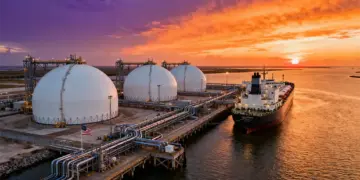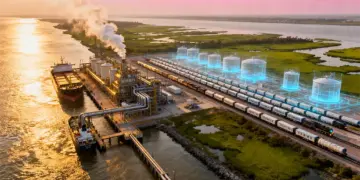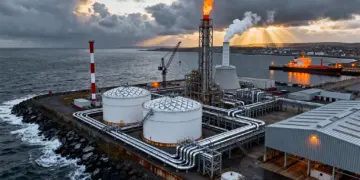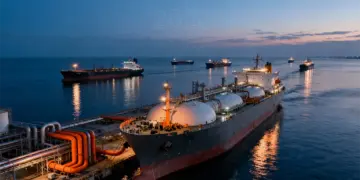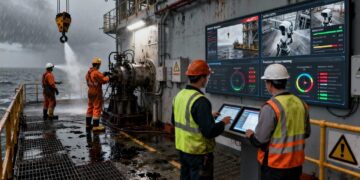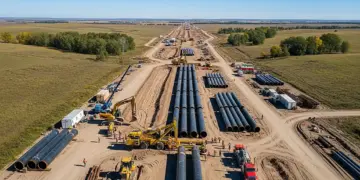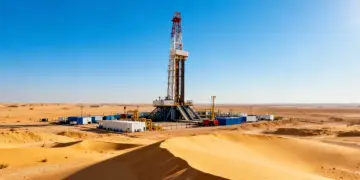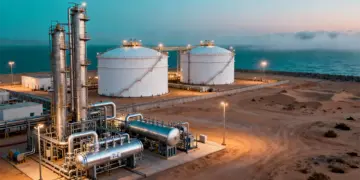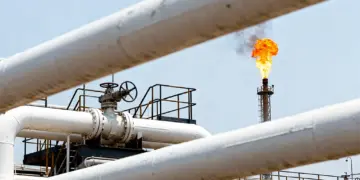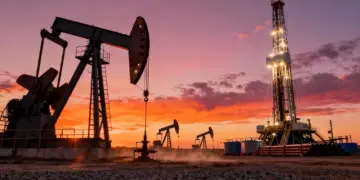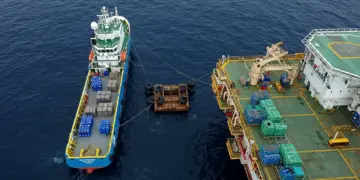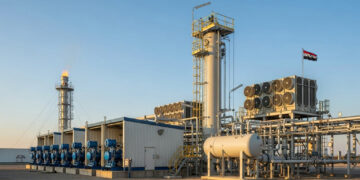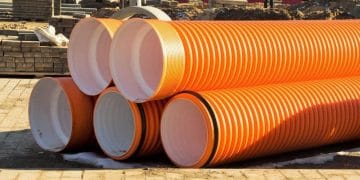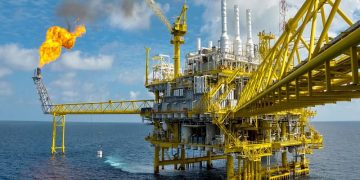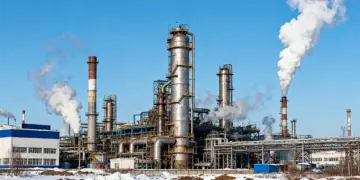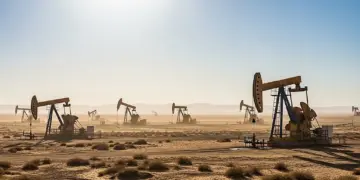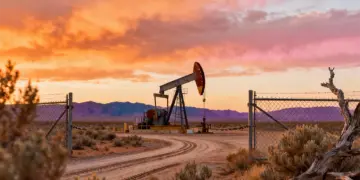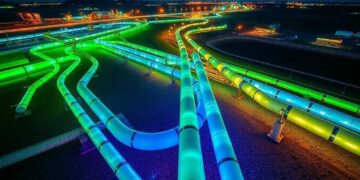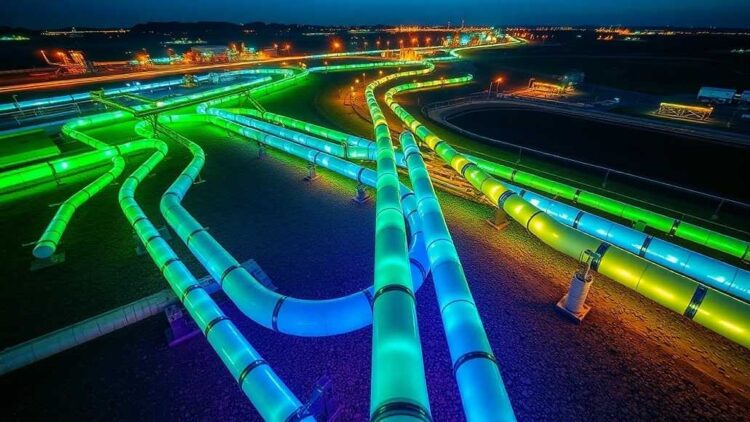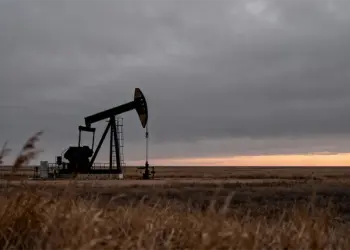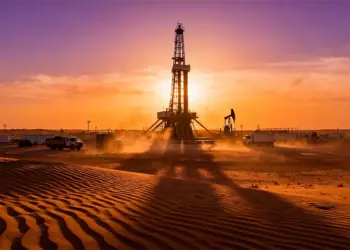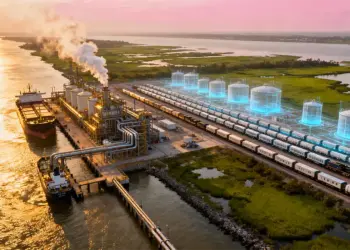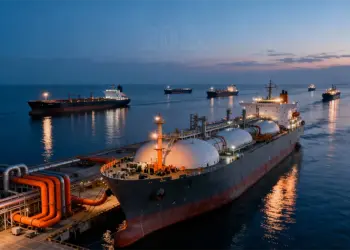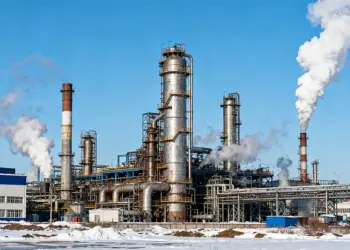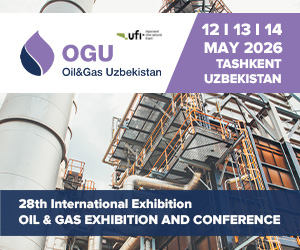HDPE Market in Oil and Gas Sector – Trends and Forecast
The oil and gas business, in particular, is going through a big change as it tries to find a balance between being efficient and being good for the environment. The expanding use of High-Density Polyethylene (HDPE), a flexible material that is addressing the changing needs of the industry, is at the heart of this change. The HDPE market in the oil and gas industry is set to develop a lot in the next few years since it is strong, light, and cheap. Industry leaders who want to maximise operational resilience while staying within environmental regulations can learn a lot from understanding the trends that are shaping this sector and the predictions for its future.
The Role of HDPE in the Oil and Gas Sector
Because of its remarkable qualities, including as high tensile strength, resistance to environmental stress cracking, and superior chemical inertness, HDPE has carved out a place in the oil and gas industry. These attributes render it the material of choice for numerous applications, which range from pipe systems to storage tanks, protective coatings to geomembranes.
Pipeline building is one of the most widespread uses of HDPE in the oil and gas sector. Steel, a conventional material, is strong but corrosion-prone and hence needs constant maintenance and involves heavy investments. HDPE, on the other hand, has great corrosion resistance, making it suitable for conveying water, chemicals, and hydrocarbons. Furthermore, its lightweight design allows for easier installation, lowering labour costs and project timeframes.
Beyond pipelines, HDPE is being employed in offshore platforms and storage facilities. For example, HDPE geomembranes are commonly used to line containment areas, prevent spills, and maintain environmental compliance. These membranes operate as a barrier to contaminants, protecting soil and water resources while adhering to strict regulatory standards.
Trends Shaping the HDPE Market in Oil and Gas
Several main themes are affecting the expansion of the HDPE market in the oil and gas sector, each emphasising the material’s critical position in modern energy operations.
One of the most notable changes is a greater emphasis on sustainability. As the oil and gas industry is scrutinised for its environmental impact, there is a growing need for materials that enable cleaner operations. HDPE, which is recyclable and energy-efficient in production, matches well with the industry’s sustainability aims. According to an OpenPR analysis, the global HDPE market is predicted to rise steadily, owing to its environmental advantages and rising uses.
Another key trend is the increased use of unconventional oil and gas extraction processes such as hydraulic fracturing (fracking) and horizontal drilling. These processes necessitate materials that can tolerate high pressures and temperatures. HDPE’s durability and versatility make it suitable for usage in these harsh settings, increasing its popularity in the industry.
Technological advances in HDPE manufacturing are also driving market expansion. Innovations such as bimodal HDPE, which has improved performance characteristics, allow manufacturers to cater to increasingly demanding applications. Bimodal HDPE is exceptionally strong and durable, making it ideal for high-stress applications such as offshore drilling and deep-sea pipelines.
Furthermore, the growing use of automation and digitalisation in the oil and gas industry is offering new prospects for HDPE. To ensure endurance and reliability, smart pipelines with sensors for real-time monitoring are being integrated with HDPE materials. The combination of material science and digital technologies emphasises the strategic importance of HDPE in future energy operations.
Regional Insights and Market Forecast
The geographical distribution of the HDPE market in the oil and gas sector reflects regional priorities and industry trends. North America, for example, dominates the industry because to its substantial oil and gas infrastructure and the growth of shale gas projects. The United States is a major consumer of HDPE, with demand coming from both upstream and downstream activities.
In the Middle East, a location known for oil production, HDPE is gaining popularity for its role in improving operational efficiency. Countries such as Saudi Arabia and the UAE are spending extensively in modernising its oil and gas infrastructure, resulting in strong demand for innovative materials such as HDPE.
The Asia-Pacific region is also developing as a major participant in the HDPE industry. Rapid industrialisation, along with a growing emphasis on sustainable energy programs, is propelling the adoption of HDPE in nations like China and India. Furthermore, the region’s developing petrochemical sector is driving up demand for HDPE in a variety of applications.
Looking ahead, the global HDPE market is expected to grow steadily, with projections indicating a compound annual growth rate (CAGR) of around 5.3% between 2023 and 2030. This rise is being driven by a combination of technology breakthroughs, legislative backing, and increased awareness of sustainability.
Challenges and Opportunities
While the HDPE industry in the oil and gas sector has tremendous potential, it is not without obstacles. One of the key challenges is the volatility of raw material costs, notably crude oil, which is used as a feedstock for HDPE production. Fluctuations in crude oil prices can have an impact on HDPE costs, providing issues for both makers and end users.
Another problem is resolving performance constraints in harsh environments. While HDPE is exceedingly durable, it can be degraded by extended exposure to ultraviolet (UV) light or extremely high temperatures. To address this, producers are spending in R&D to improve the material’s performance properties.
Despite these obstacles, there are numerous prospects for HDPE in the oil and gas industry. The global shift towards renewable energy and carbon neutrality is increasing the demand for materials that can support sustainable operations. HDPE’s recyclability and energy-efficient manufacturing method make it a leader in this transition.
Furthermore, the growing use of circular economy ideas is fuelling innovation in HDPE recycling. Advanced recycling procedures, like as chemical recycling, allow producers to make high-quality recycled HDPE, which increases its attractiveness in environmentally concerned consumers.
Conclusion
The HDPE Market in Oil and Gas is at the forefront of modernisation and sustainability initiatives. Its unique properties, along with its versatility, make it an indispensable material for a variety of applications, including pipelines and offshore platforms. As the sector grapples with concerns including as price volatility and performance constraints, the continued development of novel HDPE solutions will be important in moulding the future of energy operations.
Looking ahead, the mix of material science, digital technology, and sustainability measures will change HDPE’s role in the oil and gas sector. By embracing these trends and addressing forthcoming challenges, industry stakeholders may maximise HDPE’s potential, ensuring long-term resilience, efficiency, and environmental compliance.





